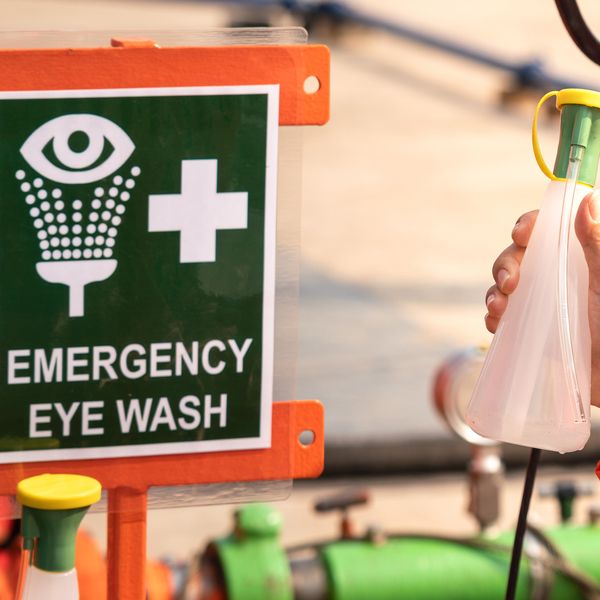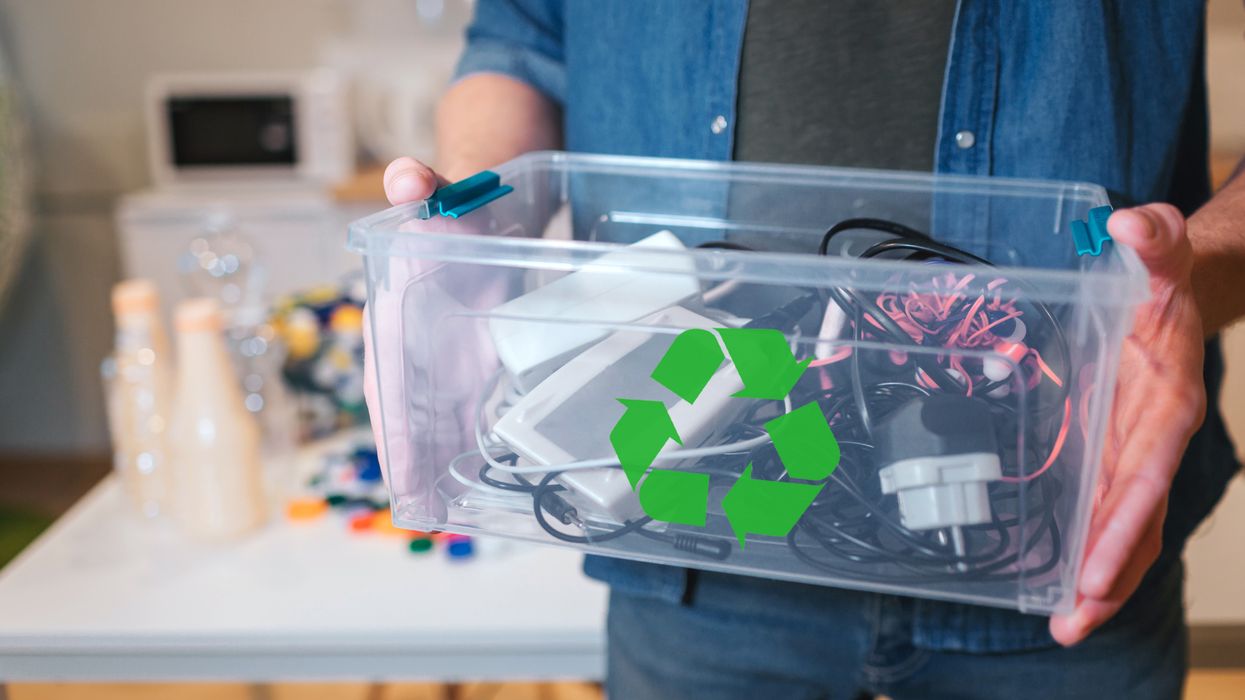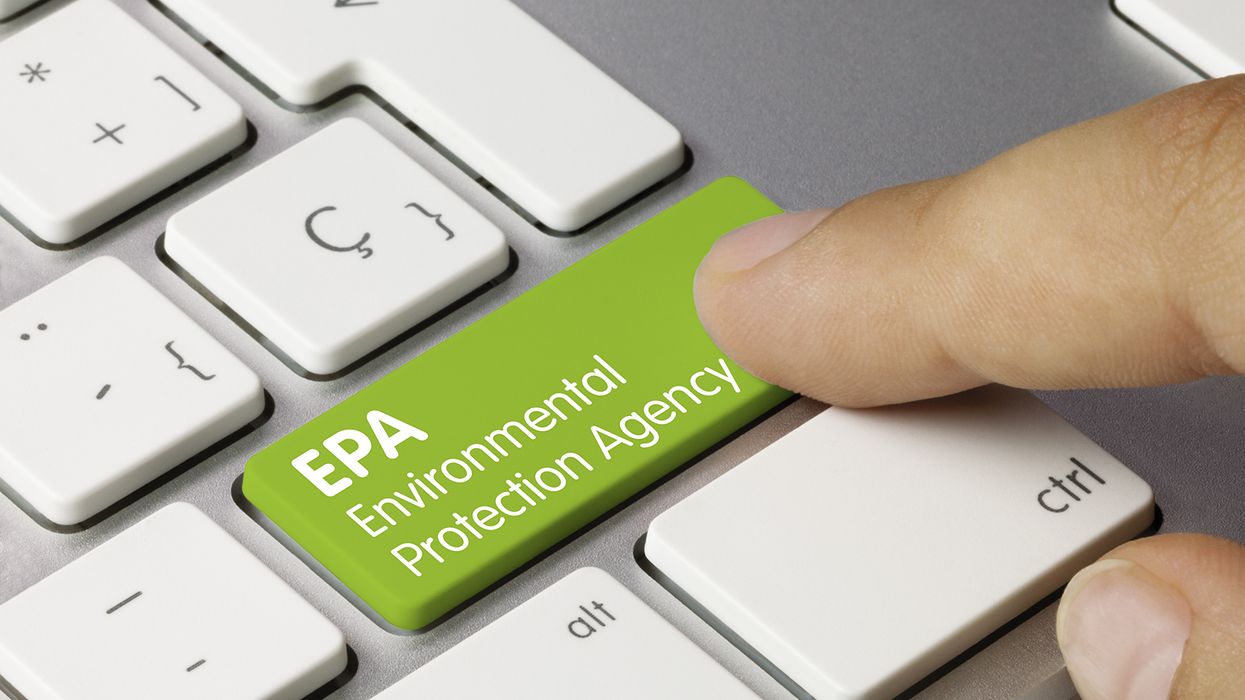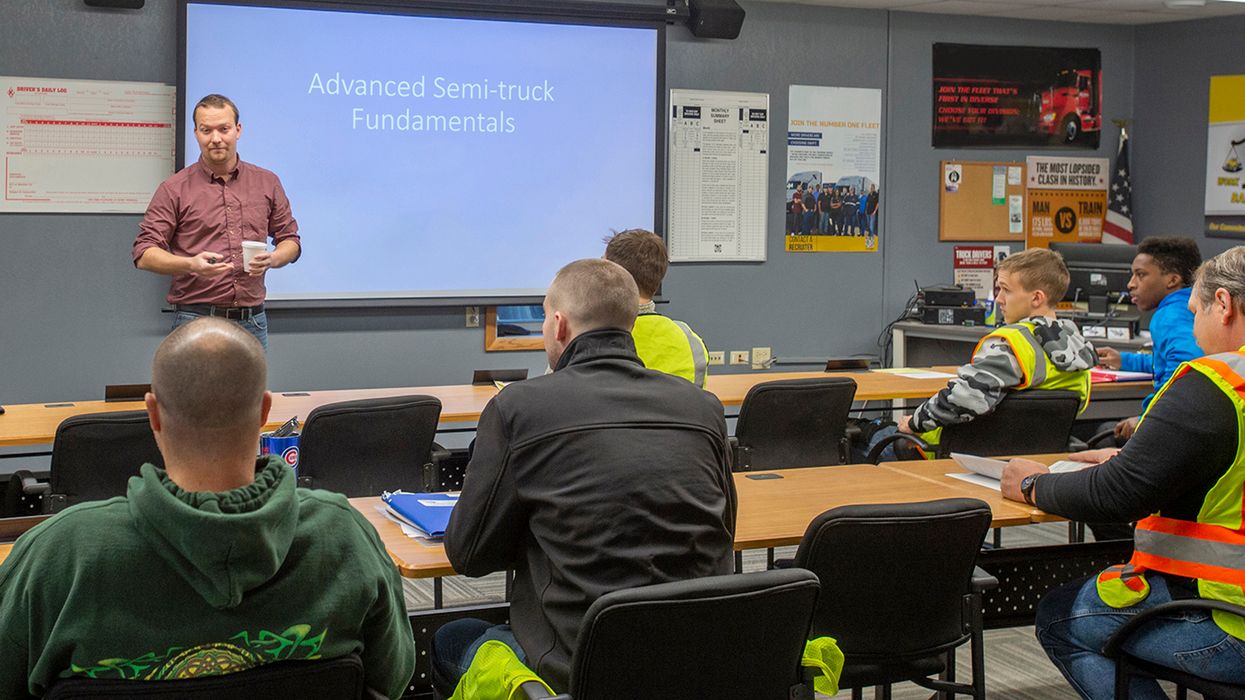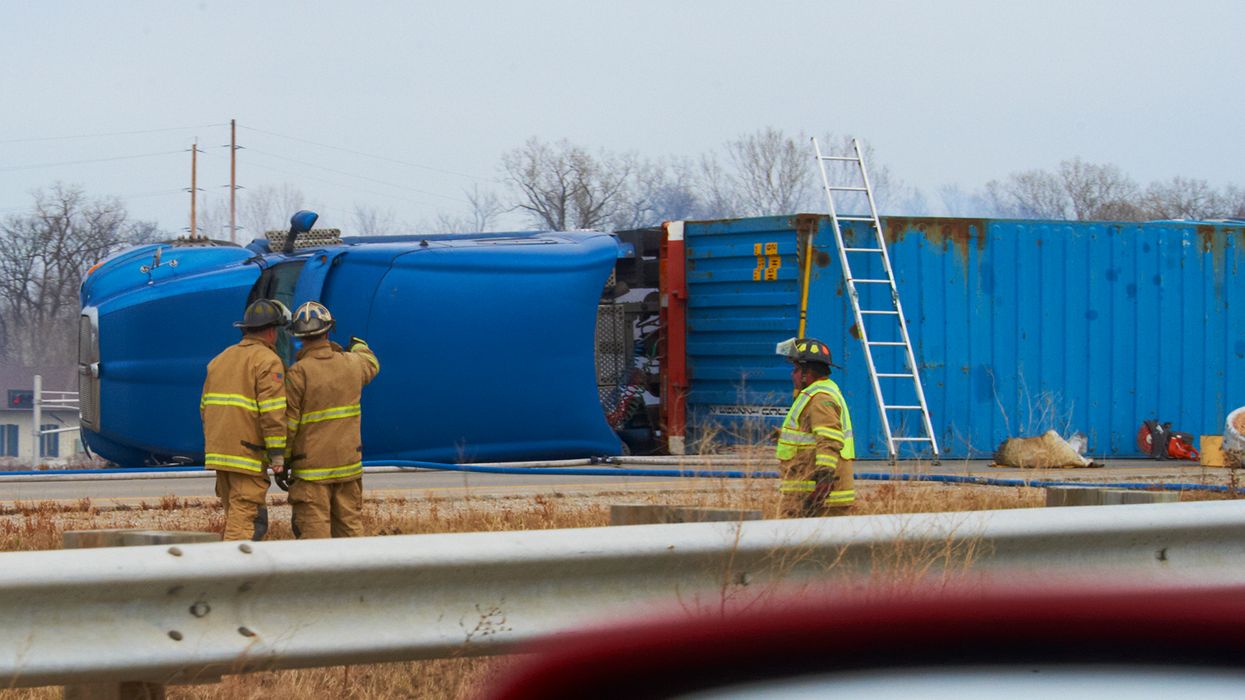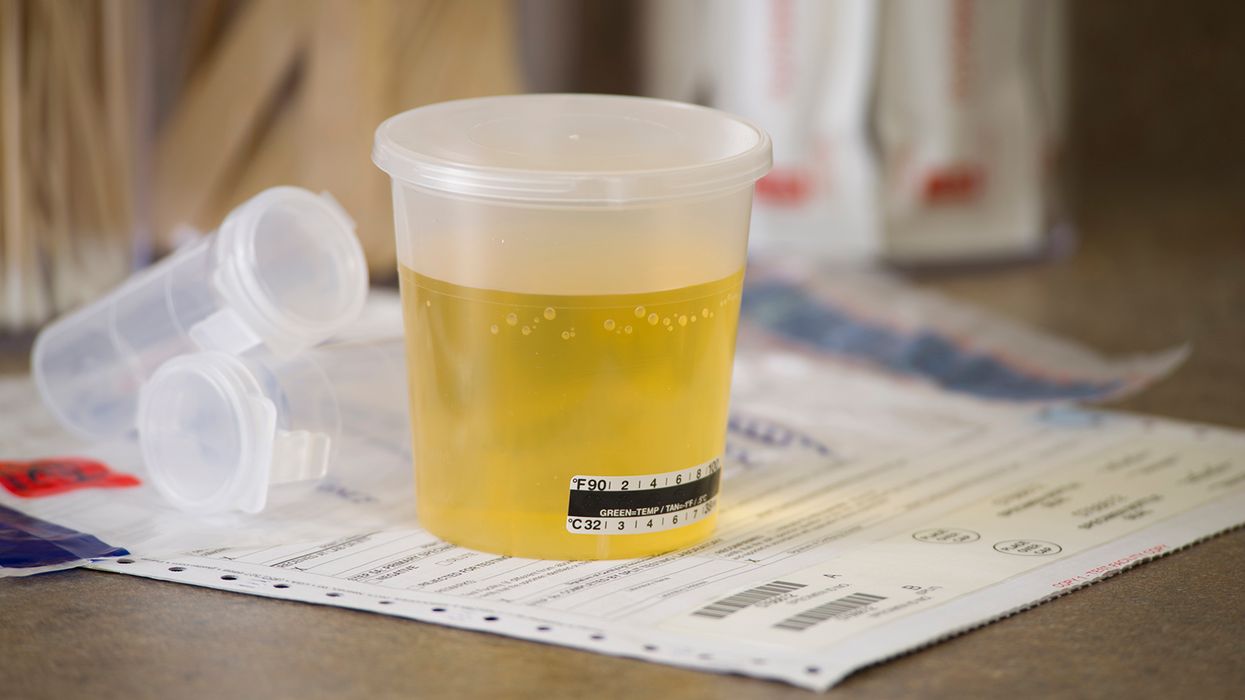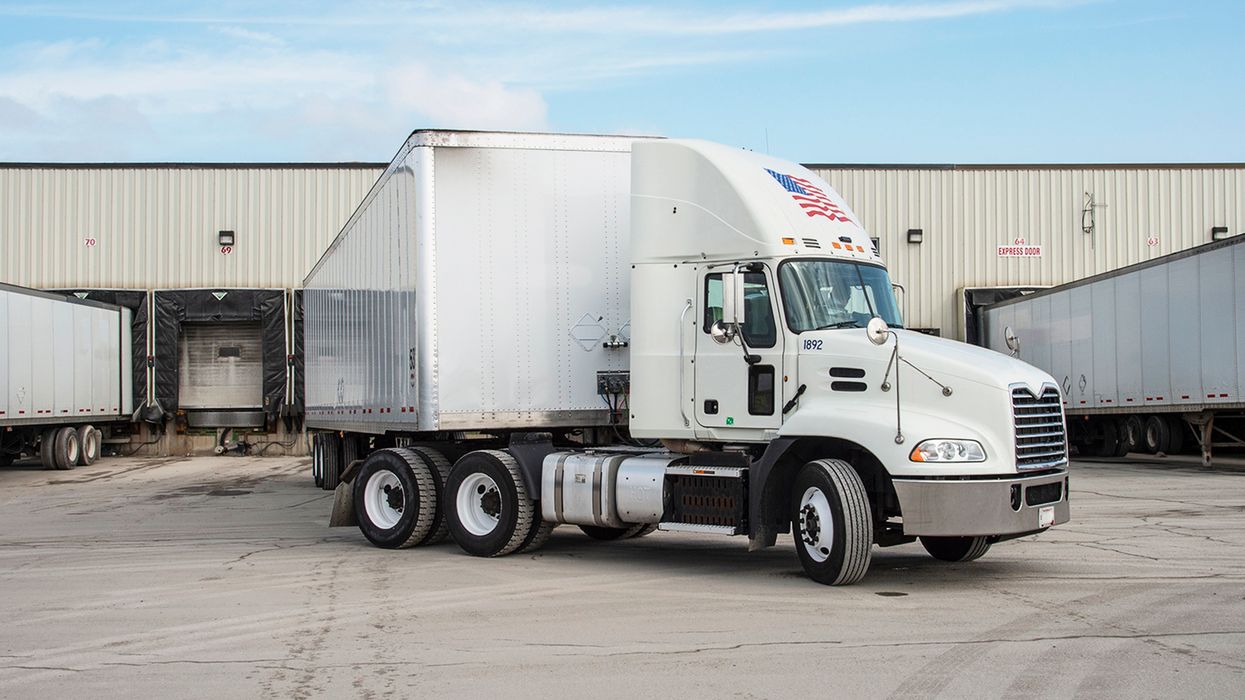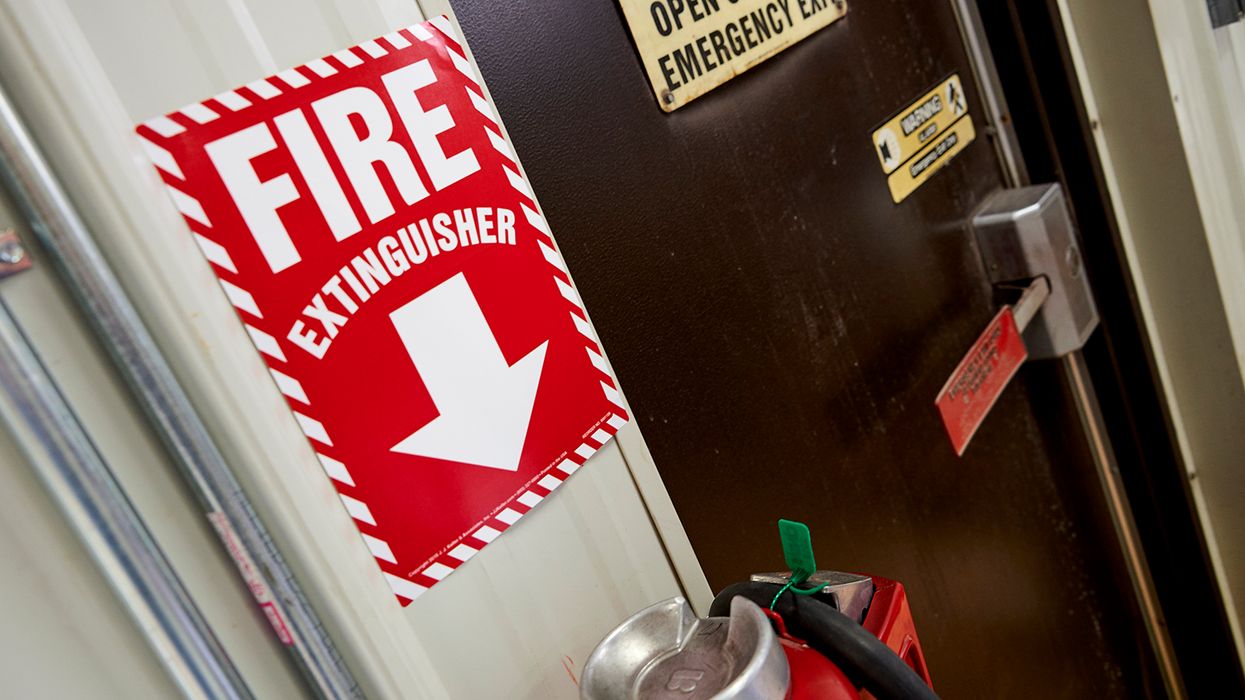Part 2: Are you meeting OSHA's requirements for emergency eyewashes and safety showers?
If you aren’t sure of the answers to the following questions, you may not be meeting OSHA’s requirements for emergency eyewash stations and safety showers. Welcome back to our list of common questions our experts are asked and what you need to know to steer clear of citations.
Is an eyewash or shower required in a forklift battery charging area?
Where maintenance is being performed on forklifts, suitable facilities for quick drenching or flushing of the eyes and body are required per 1910.151(c) . On the other hand, an eyewash station or shower would not be required if maintenance is not being performed on powered industrial truck batteries such as in areas used for charging only.
However, best practice would be to have access to eyewashes and/or showers in charging areas since batteries could become damaged, leak, or catch fire exposing workers to injurious corrosive substances. Additionally, an employer’s liability insurance carrier may recommend these systems for personnel safety in these areas.
When is an emergency shower required as opposed to just an eyewash station?
Whether an emergency shower is needed in addition to an eyewash is dependent upon several factors, including information provided on safety data sheets (SDSs), the type of chemical exposures, and the potential for splash onto a worker’s body versus only in the eyes. A thorough hazard assessment is a proven method for determining risks and levels of exposure.
Should an eyewash station be made available to remove metal fragments, wood chips, or other non-corrosive materials?
OSHA states that eyewash stations are intended to be used for corrosives, strong acids, and alkalis. However, the agency expects the employer to determine when this type of emergency equipment would be beneficial for other circumstances, such as for metal fragments, wood chips, or other small particles. Employers should always consult with a medical professional regarding the best course of treatment when workers are exposed to potential eye hazards.
Must eyewashes and showers have a floor drain?
Floor drains are not required in OSHA or ANSI standards. However, employers must evaluate and abate any hazards which may result from water on walking or working surfaces. Hazards may include slips, trips, and fall hazards from slippery conditions; electrical hazards; or potential environmental contamination.
Do eyewash/safety shower inspections have to be documented?
Although OSHA doesn’t require eyewash/safety shower inspections to be documented, it’s best practice to keep a record of inspections to demonstrate to compliance officers that inspections are being performed. Many companies choose to use tags as a quick visual confirmation as to whether a specific eyewash has been inspected.
Keys to remember: Employers must assess their workplace to determine if employee exposures necessitate the installation of this potentially life-saving equipment. Emergency eyewash and shower location, height, temperature, and inspection top this list of compliance questions for many employers.







